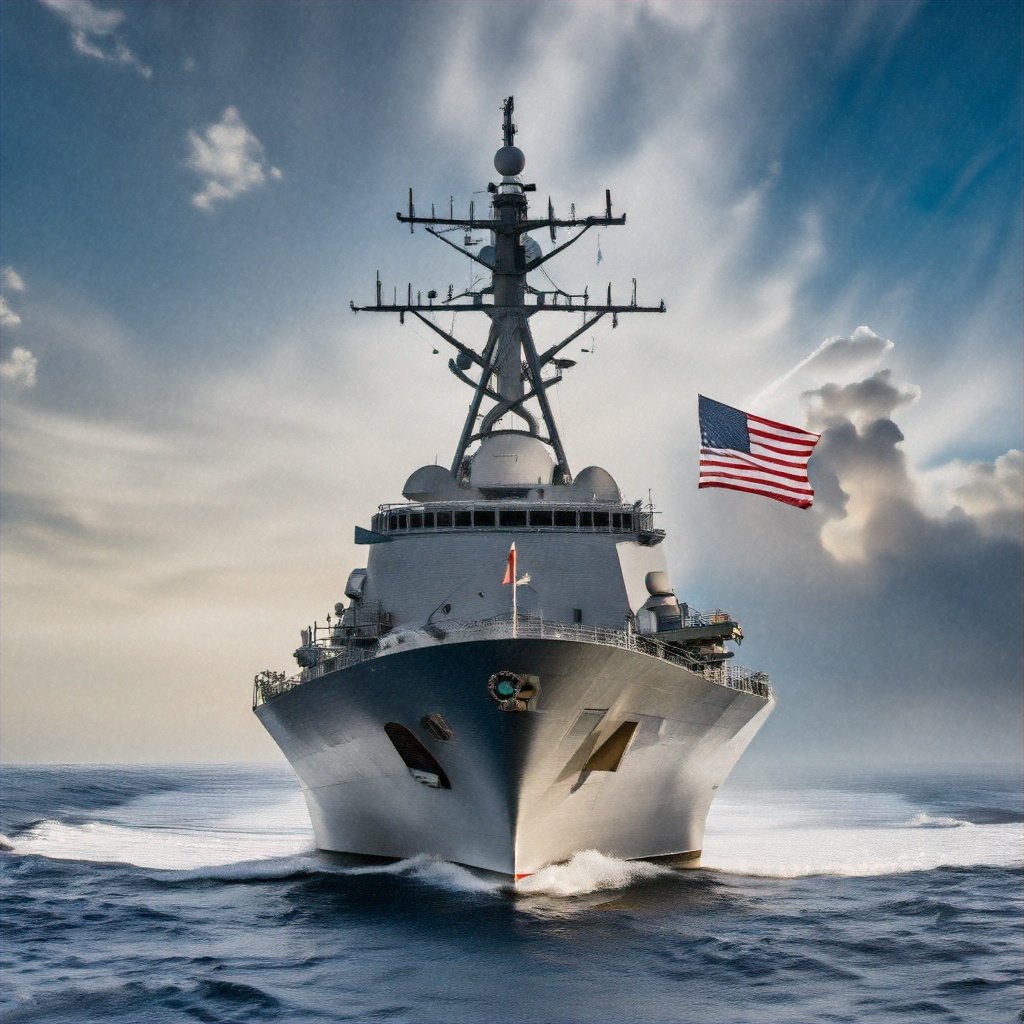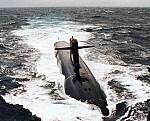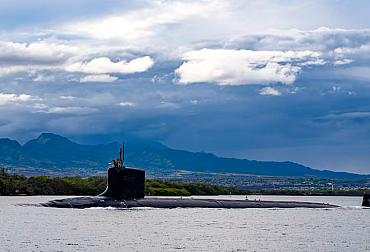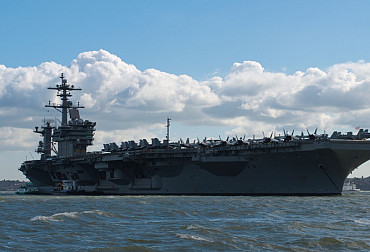Pentagon increases military assets in Middle East as tensions escalate
The United States is significantly increasing its military presence in the Middle East in response to escalating tensions following recent attacks in the region. The U.S. Department of Defense announced plans to deploy additional fighter jets and to maintain a continuous aircraft carrier presence in the area. This move aligns with President Joe Biden's commitment to bolstering defense capabilities to protect Israel from potential retaliatory strikes by Iran and its proxy groups, as well as to ensure the safety of U.S. forces stationed in the region.

Defense Secretary Lloyd Austin has ordered the repositioning of a fighter jet squadron to the Middle East, although specific details about the squadron's origin and base remain undisclosed. The decision is part of a broader strategy that includes deploying ballistic missile defense-capable cruisers and destroyers to both European and Middle Eastern theaters. This initiative aims to fortify defenses against possible missile and drone attacks, particularly in light of recent escalations involving Israel and militant groups like Hamas and Hezbollah.
The catalyst for these movements has been a series of aggressive actions in the region. Israeli forces recently targeted and killed high-profile figures such as Hamas leader Ismail Haniyeh in Tehran and senior Hezbollah commander Fouad Shukur in Beirut. These actions have heightened the risk of a broader regional conflict, with Iran threatening to retaliate against what it views as attacks on its sovereignty. Israel's targeted operations are part of a broader campaign against Hamas, which launched a deadly attack on October 7, sparking the current conflict.
In a recent call, President Biden and Israeli Prime Minister Benjamin Netanyahu discussed these military deployments, with Biden reaffirming the U.S. commitment to Israel's security. The conversation also highlighted the importance of deterring threats from Iran and its allied groups, including Hamas, Hezbollah, and the Houthis.
As part of the U.S. military's strategic adjustments, the Abraham Lincoln aircraft carrier strike group has been ordered to the Middle East, replacing the Theodore Roosevelt carrier strike group currently in the Gulf of Oman. This move signals the Pentagon's intent to maintain a robust naval presence in the region as a deterrent against Iranian aggression at least through the next year.
The exact details of the new military assets being deployed remain largely confidential, reflecting the sensitivity of host nations in the region to publicizing U.S. military movements. However, the Pentagon's efforts to enhance its defensive posture in the Middle East include not only traditional military hardware like ships and aircraft but also advanced missile defense systems and unmanned aerial vehicles.
Additionally, two U.S. Navy destroyers currently stationed in the Middle East are being repositioned northward through the Red Sea towards the Mediterranean. This repositioning suggests a strategic flexibility, allowing for rapid response to emerging threats or the potential need to protect U.S. personnel through evacuation operations.
The U.S. military's bolstered presence in the Middle East underscores the growing concerns among American leaders about the potential for the current conflict to escalate into a more widespread regional war. As tensions continue to rise, the U.S. is taking calculated steps to ensure the security of its allies and its own forces, navigating a complex and volatile geopolitical landscape.








